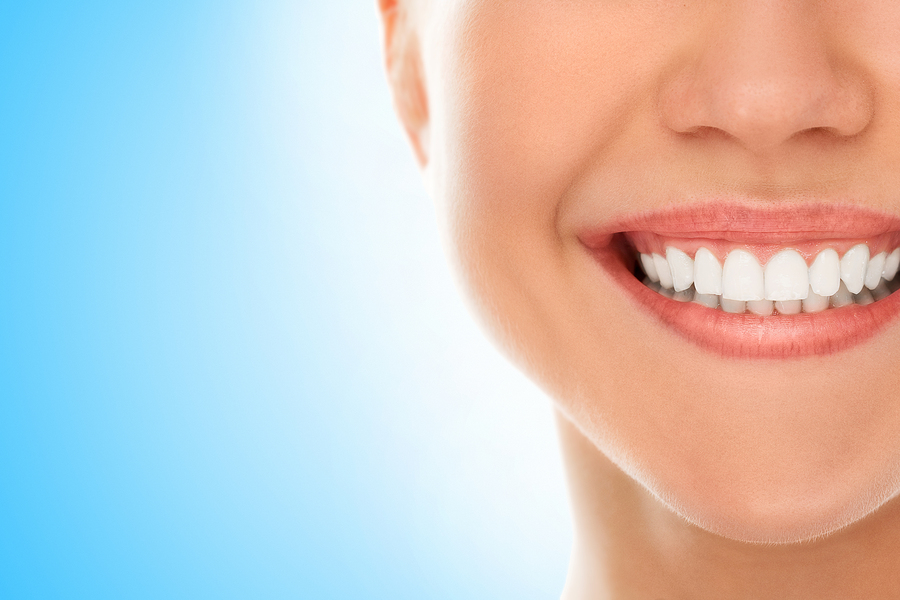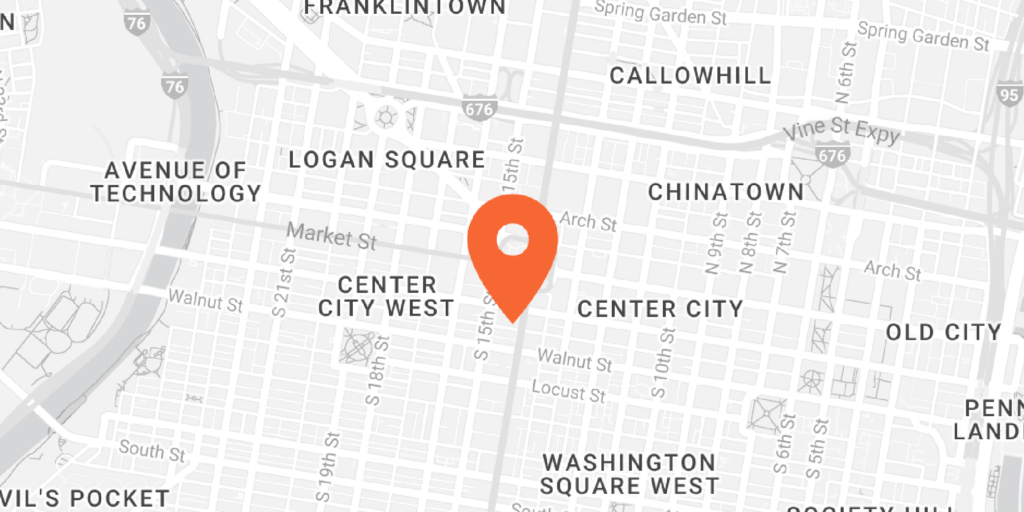Invisalign works by using a series of retainer-like aligners to gradually move the teeth into the optimal position. In your initial appointment, your orthodontist will likely take an impression of your teeth, using a special putty that hardens quickly. This putty will then be used to make a mold of your teeth, which is then used to create your aligners. The doctor will create a treatment plan based on the problems you would like to be addressed, as well as what the doctor feels needs to be addressed, in order to improve the health of your mouth.
Each retainer will gradually push your teeth towards the desired location. Like traditional braces, this happens very slowly. Your first retainer, for example, will be molded not to fit the current position of your teeth, but to fit your teeth after their first stage of movement. Because the grooves of the aligner will push against your teeth, they will gradually begin to move, until they fit perfectly into the aligner. That is how you know it is time for the next stage of aligners.
What Are the Aligners?
Aligners are made out of durable clear plastic, like retainers or whitening trays. Your orthodontist will determine the best way for your teeth to move and will design your line of aligners specifically for your needs. The plastic the aligners are made from is completely safe, and is carefully created, using heat molding, to fit your mouth and move your teeth.
The plastic that forms the aligners are supposed to be nearly invisible in the mouth, so that you can wear them at all times of the day.
How Do the Aligners Move Teeth?
Your treatment, like traditional braces, will occur in stages, with the teeth being moved carefully and in sequence, with a number of different retainers. Each aligner will make only slight movements, which you may not even notice as first. Remember, however, that your doctor has mapped a specific plan for your needs, using the molds he took of your teeth. The aligners will shift your teeth into the correct position, switching them out about every two weeks.
How Often Do I Have to Wear the Aligners?
Most orthodontists recommend that their patients wear their aligners between twenty and twenty-two hours per day. This means that most patients should only take out the aligners to brush their teeth, floss, and eat. The beauty of Invisalign is that they are nearly invisible, making them far less embarrassing than braces. Because there is no danger of getting food stuck in them, breaking a bracket, or popping a wire free, you can feel more confident.
Though some patients do have some trouble getting used to the feeling of the Invisalign aligners in their mouths, this feeling will quickly go away as the aligners are consistently worn.
How Do I Clean the Aligners?
Invisalign does offer a specialized cleaning system for their aligners, which will ensure that they are perfectly clean and ready to be put back in the mouth. However, if you do not want to opt for their device, most patients find that simply brushing out the aligners with warm water and a toothbrush does the trick. Most orthodontists do not recommend using toothpaste to clean out the aligners, simply because it can cause the plastic to become cloudy and may damage them in the process.
How Long Will My Treatment Last?
The length of your treatment will be dependent on how complicated your case is. For some people, the treatment only lasts a year. For young men and woment using Invisalign Teen, who still have malleable teeth and jaws, may only need twelve months for treatment, unless they have a very difficult case. Adults, however, may take longer, simply because teeth are more firmly implanted in adulthood and there may be more complicated and difficult cases.
Because most teeth issues that are not dealt with in adolescence become worse in adulthood, adult treatments are generally more complex and take a longer amount of time. The average is about two years.
What Kind of Problems Can Invisalign Fix?
Invisalign can fix just about any problem that braces can fix. This means that if you have teeth that have grown in crooked, sideways, too crowded, or too far apart, your aligners can fix all of these problems. If your orthodontists wants to widen your arch or improve an overbite, these problems, too can be addressed with Invisalign.
Severe overbites or under-bites, as well problems with wisdom teeth or teeth that have not descended out of the gums properly, may not be able to be fixed with Invisalign. These are commonly solved by using rubber bands to pull jaws forward or backward with regular braces, and this effect can be difficult to achieve with the aligners.
How Does Invisalign Affect My Day-to-Day?
Unlike metal braces, Invisalign has very little effect on your everyday activities. Braces require constant cleaning and there are significant restrictions as to what you can eat and what you cannot eat. The brackets can be chipped off your teeth by crunchy foods, and the wires can be bent by anything too chewy.
Invisalign, on the other hand, is removed before eating, so there is no risk of damaging your aligners. There is a learning curve when it comes to drinking and talking, but you will not be impeded for more than a day.
What Do I Do Once My Treatment Is Complete?
Once your teeth have all been moved to the optimal alignment, there are number of options. Your orthodontist may provide a retainer (it will often look and feel just like your aligners), in order to keep your teeth in the proper place. This retainer will only have to be worn at night, instead of all the time, like a typical aligner. Discuss with your orthodontist if a retainer is necessary or not for you.




